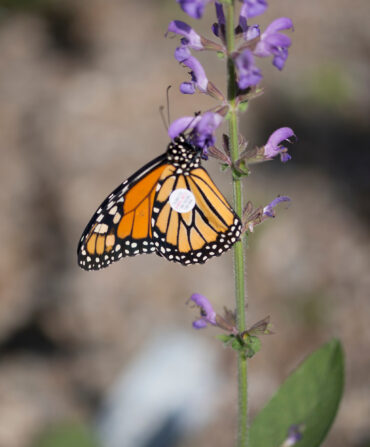“People are really noticing the wildlife in their backyards as they spend more time at home,” says Curtis Smalling, a lifelong birder and the director of conservation at Audubon North Carolina. And winter can actually be a great time for seeing avian visitors in the South, from colorful migrant finches to resident titmice to nesting great horned owls and bald eagles. To make the most of the cold season, follow Smalling’s tips on how to set up your feeders and what birds to keep an eye out for.
Watch for the finches…
In years when food is scarcer due to natural cycles in the boreal forests of Canada and in the high elevation spruce forests in Appalachia, Smalling explains, migratory finches come farther south in greater numbers. And this is one of those years. “Ornithologists in Canada have forecasted a big finch winter,” he says. “We’ve gotten reports of pine siskins and purple finches as far down as Georgia and Alabama, and North Carolina is seeing some evening grosbeaks.” The evening grosbeak, a large finch with striking yellow, white, and black stripes, is an especially exciting visitor, as some years it isn’t seen in the Southeast at all. Also watch for the common redpoll, a finch whose males sport a dusting of red on the breast and head.
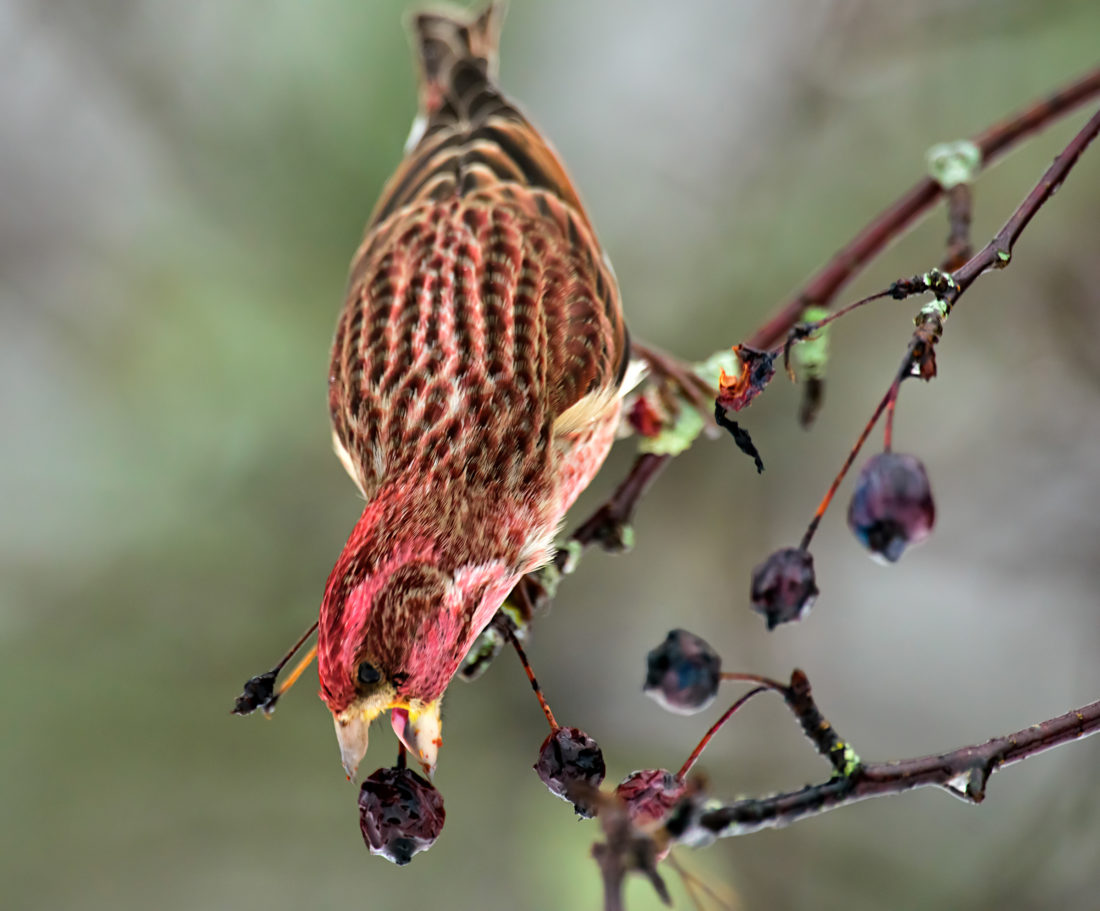
…and these other species
“You’ll be able to see the white-throated sparrow, a bird with a particularly beautiful song,” Smalling says, as well as the cedar waxwing, recognizable by its crest and silky brown and yellow feathers. Cedar waxwings fly in large flocks, looking for fruit in the winter, so any bush with berries like spicebush, winter berry, holly, or even poison ivy can bring a large number down. “If you see a flock, watch them for a minute,” Smalling says. “They have this fascinating cooperative behavior where they pick and pass fruit around so everyone gets some.” Also keep an eye peeled for bald eagles and great horned owls, which are both now preparing their nests for the season. Of course, during the winter we still have our common resident birds as well, like cardinals, nuthatches, titmice, small woodpeckers, and chickadees.
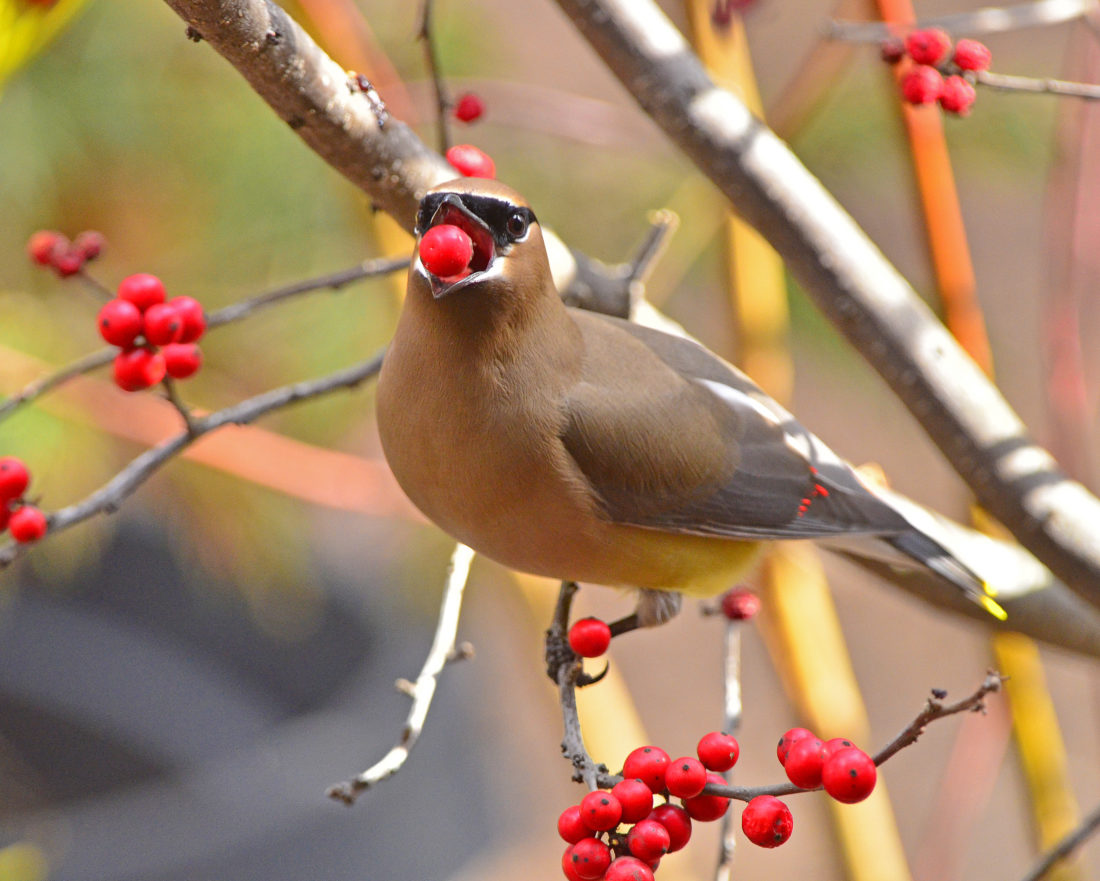
Set up these three food stations…
Black oil sunflower seeds (for most resident birds as well as evening grosbeaks), suet cakes (for nuthatches and woodpeckers in particular), and thistle seed (for all the migrant finch species and the resident American goldfinch). “If you’ve got those three offerings,” Smalling says, “you’ll attract a wide swath of species.” And the separate stations naturally sort the birds and help remove the element of competition (as well as the mess) that comes with buying a general birdseed mix. For ground feeding birds like mourning doves and dark-eyed juncos, spread some millet at the edge of the yard—“just like you’re feeding chickens.”
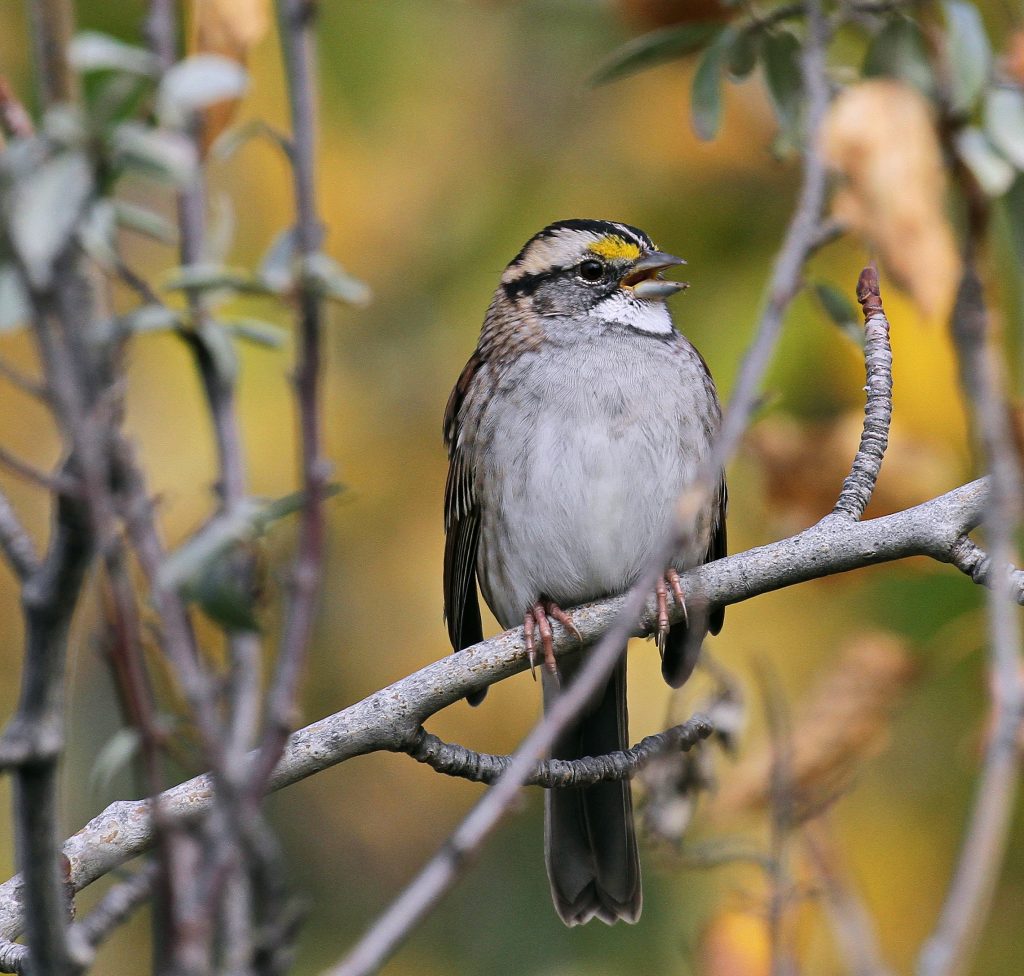
…but be mindful of windows
To keep birds from colliding with glass, Smalling recommends moving feeders closer to windows, which will make the windows less likely to reflect natural landscapes that can confuse the birds. (It also keeps them from picking up as much speed if they do fly into a window.) A feeder five to six feet away will usually be safe; fifteen to twenty feet away is the danger zone.
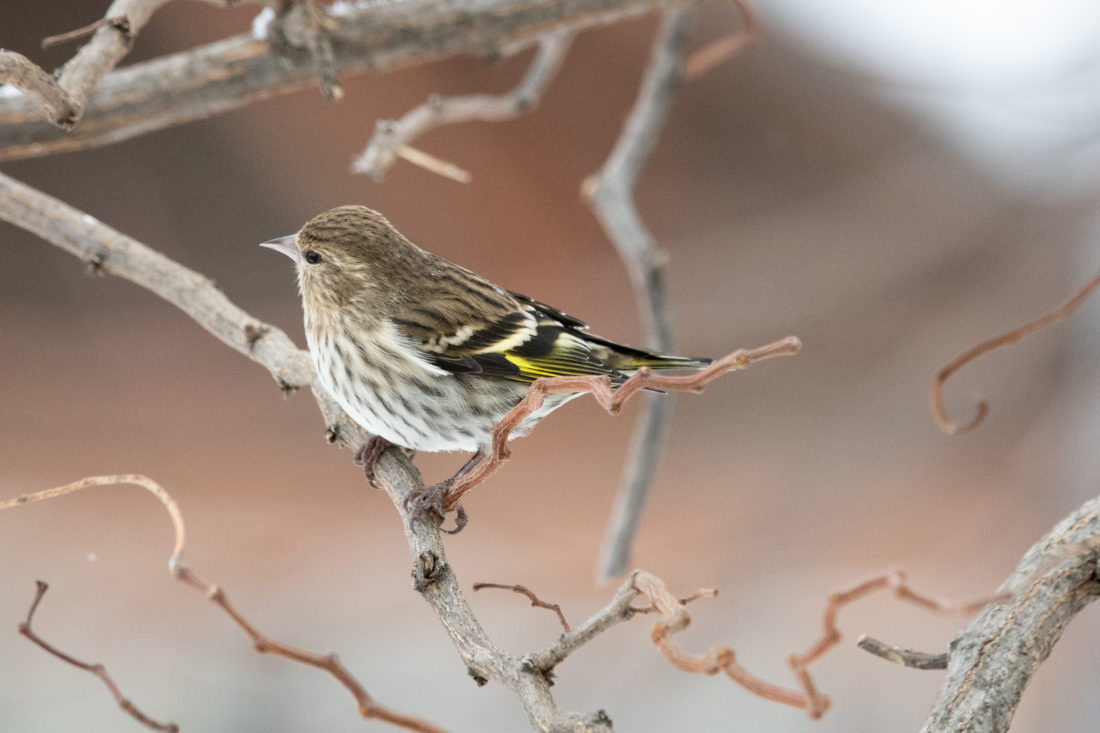
Pay attention!
To get the most enjoyment from avian visitors, Smalling recommends not just checking off species, but also taking the time to really watch what the birds are doing. “In the winter with a feeder,” he says, “you can bring these birds closer and observe them closer,” since colder months offer less resources for birds to forage for in the wild. Smalling enjoys watching dark-eyed juncos, for example, which band together in winter and feed on the ground shoulder-to-shoulder. “Watching these birds, beyond identifying them, gives you a deeper sense of connection to them—and tells you a lot about how they live the rest of the year.”





